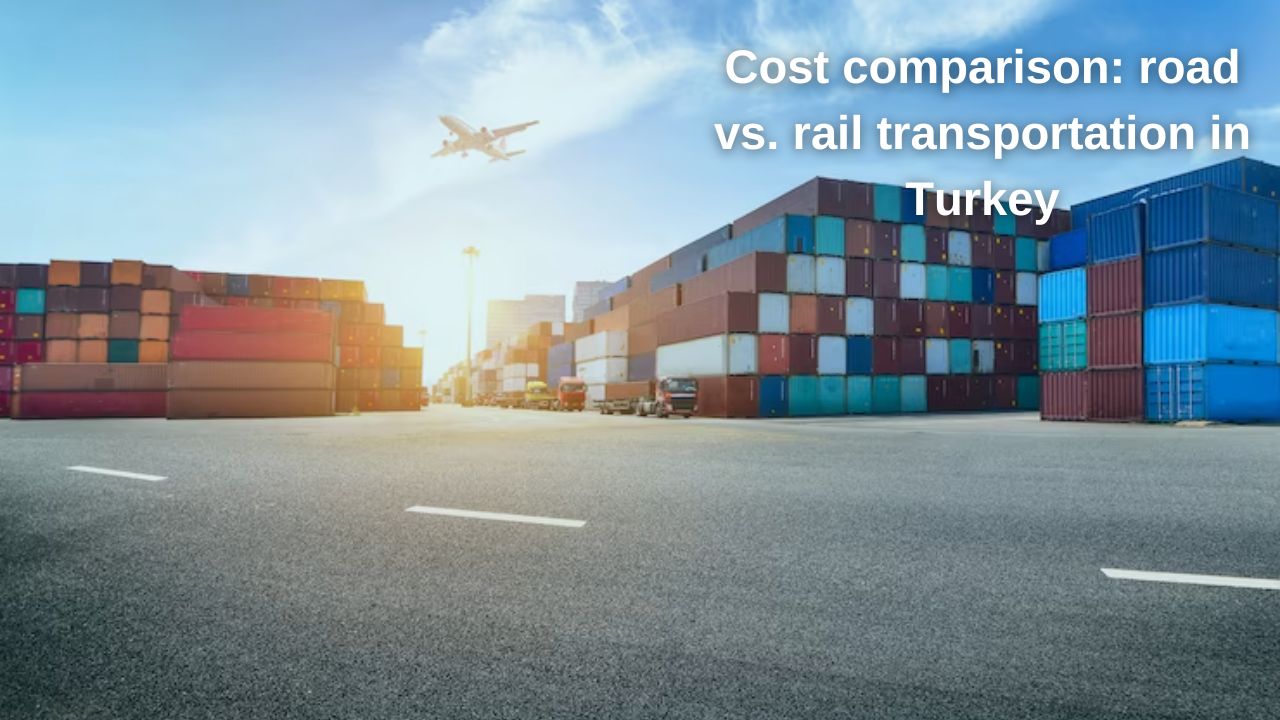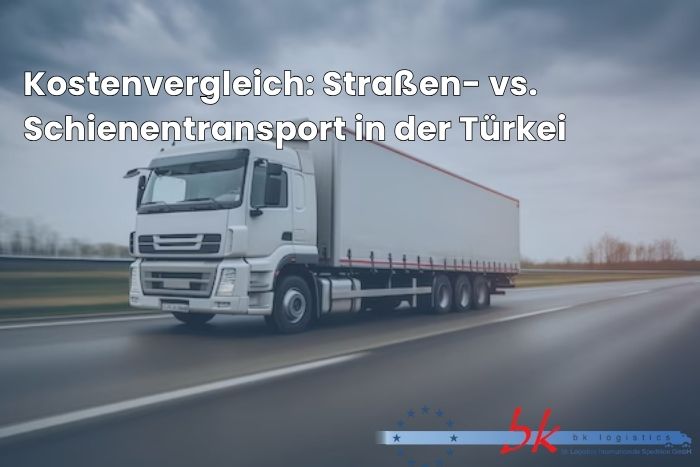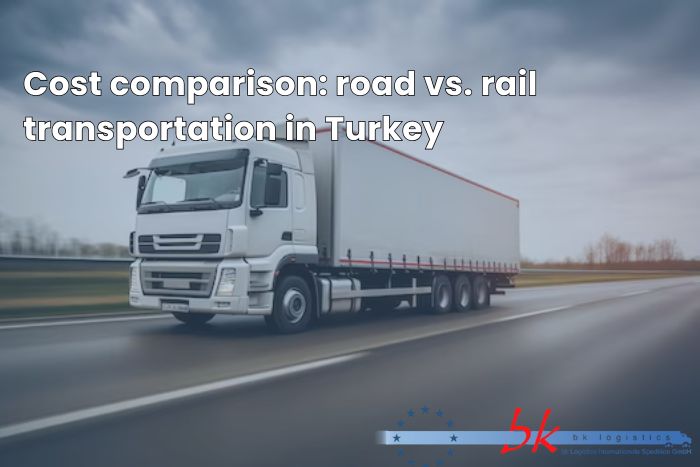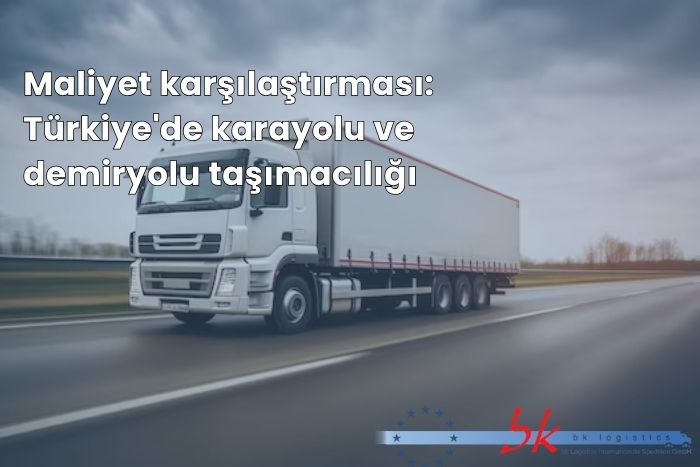News
Cost Comparison: Road vs. Rail Transport in Turkey
Table of Contents
-
Overview of road transport
-
Infrastructure and prevalence of rail transport
-
Main differences between the two transport types
-
Cost structure of road transport in Turkey
-
Cost dynamics in rail transport
-
Preference variables based on volume, duration, and distance
-
Carbon emissions and environmental impacts
-
The importance of strategic decisions in logistics planning
-
Future transport trends
Overview of road transport
Road transport is one of the most widely used methods in Turkey’s logistics sector. Many industries prefer road transport due to its flexibility, convenient door-to-door delivery, and well-developed highway network. Small, medium, and large enterprises can transport their products quickly and directly. Particularly in long-distance transport, road transport, which adapts to Turkey’s geographical structure, is a highly demanded method.
The main advantages of this system are time savings, the ability to make stops along the way, and better control over the transported product. However, these advantages come with cost disadvantages. Fixed costs such as fuel consumption, maintenance, bridge, and highway tolls directly impact the costs of road transport. Additionally, external factors such as traffic congestion and climatic conditions can affect the process.
Infrastructure and prevalence of rail transport
Rail transport has become a rapidly growing and state-supported investment area in Turkey in recent years. It stands out for its capacity advantages, environmentally friendly structures, and lower energy consumption, particularly in freight transport. Although the rail network is not as extensive as highways, many industrial zones benefit from this system due to connections between strategic regions.
Rail transport plays a significant role in the cost-effective transport of heavy and bulky goods over long distances. Advances in locomotive technology allow more goods to be transported with less fuel. Additionally, the integration of customs crossings and the use of rail systems at border points make rail transport attractive for international trade. However, challenges in terminal infrastructure, transshipment processes, and urban distribution require careful planning of this transport model.
Main differences between the two transport types
There are operational, economic, and environmental differences between road and rail transport. While road transport offers faster delivery times, rail transport stands out as a cost-effective and sustainable option. Industries under time pressure prefer road transport, while those needing planned bulk transport opt for rail.
These differences indicate that transport decisions should be evaluated not only in terms of cost but also based on delivery frequency, product type, and destination. Storage, loading, and unloading processes also exhibit different cost structures in both systems. Therefore, infrastructure, personnel resources, and external factors should be considered alongside the transport type in logistics planning.

Cost structure of road transport in Turkey
Although road transport offers high accessibility in the short term, it requires careful analysis of operating costs. Fixed and variable costs such as fuel consumption, driver fees, vehicle insurance, and road tolls are quite high. Additionally, operating expenses like regular vehicle maintenance, technical failures, and tire costs account for a significant portion of total costs.
High bridge and highway tolls in Turkey directly affect the pricing policies of transport companies. At the same time, traffic density and fluctuating fuel prices complicate cost forecasting. In short, while road transport offers quick solutions, its structure requires careful cost management.
Cost dynamics in rail transport
Rail transport is a more cost-effective solution compared to road transport. As cargo volume, particularly in terms of tonnage, increases, unit costs decrease significantly. State-subsidized tariffs, fuel efficiency, and reduced personnel costs make rail transport an economical alternative. With the expansion of Turkey’s rail network, access to this service has also become easier for industrial zones.
The terminal infrastructure, rail systems, and transshipment logistics required for rail transport demand high initial investments. However, these costs translate into cost advantages in the long term. Particularly in the transport of large loads in import and export processes, rail transport offers significant savings opportunities.
Preference variables based on volume, duration, and distance
In addition to cost analysis, factors such as volume, duration, and distance play a decisive role. While road transport is preferred for small quantities and urgent deliveries, rail is better suited for large quantities and long-distance transport. Turkey’s east-to-west logistics lines directly influence these preferences.
The type of product to be transported is also critical in the decision. Different industries, such as hazardous materials, food, textiles, or automotive spare parts, choose different transport methods based on safety and speed requirements. In this context, each company must develop tailored transport strategies according to its operational needs.
Carbon emissions and environmental impacts
Sustainability is one of the indispensable criteria of modern logistics processes. Road transport is considered the transport type with the greatest environmental impact due to its high CO2 emissions. This is particularly a negative indicator for environmentally conscious companies.
Rail transport offers an environmentally friendly solution with a low CO2 footprint. This energy-efficient system protects nature in the long term and contributes to companies’ sustainability goals. Companies applying green logistics principles can minimize their environmental impact by choosing rail.
The importance of strategic decisions in logistics planning
In addition to cost and environmental factors, choosing the right transport model impacts overall business success. Determining the transport method within the framework of strategic planning not only ensures operational efficiency but also contributes to customer satisfaction. Stable delivery times and timely, undamaged product delivery enhance competitiveness.
Reducing logistics costs directly contributes to the company’s overall profitability. Comparisons of different transport modes, such as road and rail, should consider not only the current situation but also future expansion plans. Developing smart transport solutions strengthens companies’ market position.
Future transport trends
It is expected that more integrated, digital, and environmentally friendly systems will take center stage in the transport sector in the future. While road transport is supported by smarter routing systems, intermodal transport will become more widespread with the expansion of the rail network. This integration reduces costs and shortens transport times.
The integration of new technologies into the transport sector will also transform decision-making processes. Transport will become more measurable through AI-supported route planning, sensor-based tracking systems, and data-driven analytics. For Turkish companies, adapting to this change is critical to gaining a competitive advantage.



